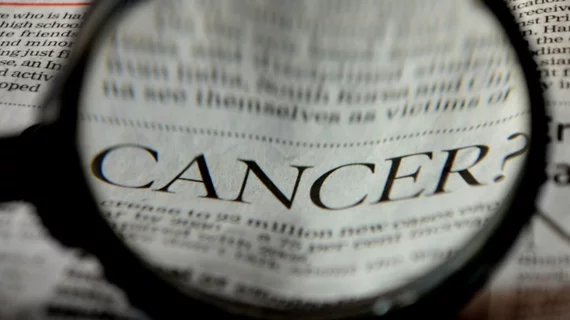USPSTF updates cervical cancer screening guidelines
The U.S. Preventative Services Task Force (USPSTF) issued updated cervical cancer screening guidelines Aug. 21 that stated a human papillomavirus (HPV) test alone is as effective as the commonly used Pap smear, according to a USPSTF release.
The update is based on findings in JAMA that included analysis of eight clinical trials and four cohort studies on cervical cancer screening.
Full “A” grade recommendations include screening every three years in women ages 21 to 65 with cervical cytology (Pap smear) alone. In women ages 30 to 65, USPSTF recommends screening every three years with cervical cytology alone, every five years with high-risk HPV (hrHPV) testing alone or every five years using hrHPV and the Pap test.
“Our work demonstrated that there is now strong evidence for the effectiveness of high-risk HPV testing used alone as a cervical cancer screening test,” said Joy Melnikow, who led the JAMA research, in a statement. “We also found that both HPV screening strategies had higher false-positive and colposcopy rates than Pap smears. These false positives could lead to more treatments with potential harms.”

